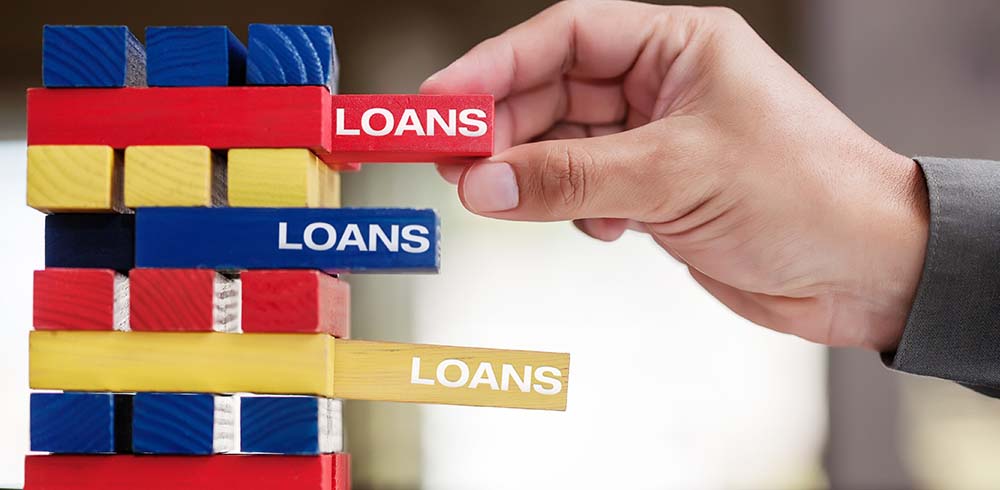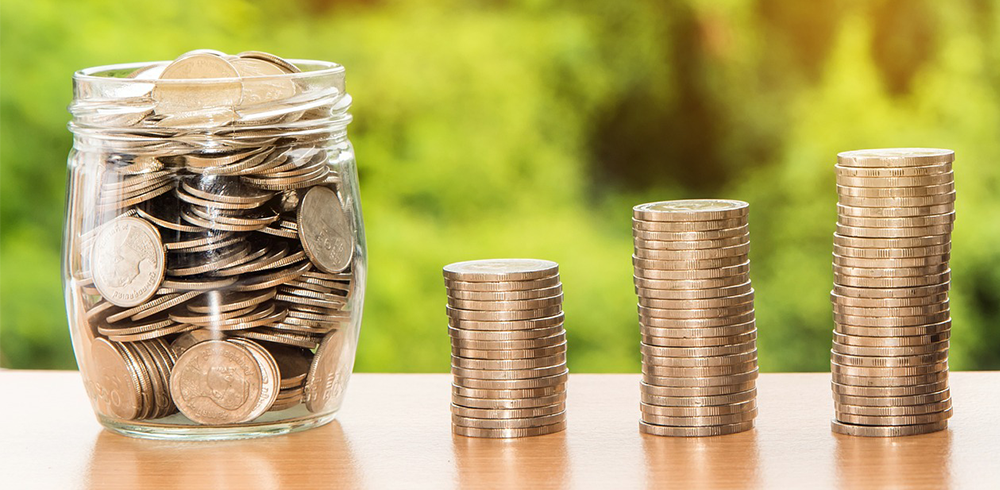An emergency fund is a sum of money set aside specifically for unexpected expenses. In case of financial strain, it helps you meet your daily expenses without needing a loan or selling any assets.
Thus, creating an emergency fund is an important step in securing your financial future. If you are on the verge of building your emergency fund, here are five tips to help you get started.
Why is an emergency fund needed?
It’s important to understand why you need to have an emergency fund. We cannot predict every expense that comes our way. So, an emergency fund can help you pay for unforeseen costs, such as medical bills or car repairs. It can also help you weather a financial setback, like a job loss without going into debt. This fund can take care of your daily expenses until you can get another source of income.
Moreover, having an emergency fund means you do not need to resort to taking on high-interest debt, like credit card debt. It can also help you reach your financial goals faster such as a foreign vacation or owning a house.
Most of all, an emergency fund can give you peace of mind that you have a safety net in case of a financial crisis.
Tips for Creating an Emergency Fund
Determine how much you will need
First, you need to decide how much money to set aside for your emergency fund. A good rule of thumb is to aim for three to six months’ worth of living expenses. This will ensure that you have enough money to cover your basic needs if you suddenly lose your income. Take into consideration your and your dependent’s basic needs. Naturally, an emergency fund amount for a family will be greater than that of an individual.
Create a budget
Creating a budget will help you come up with the amount of money you can regularly contribute to the fund. There are many ways of coming up with a budget. One way of going about it is the 50-30-20 rule.
First, make a list of all your obligatory expenses. This includes rent, food, medical expenses, monthly instalments of loans, insurance premiums, and school fees. 50% of your income can go towards these essential expenses. Keep 30% of your income for the items you want and 20% for savings. A section of your savings can go into your emergency fund.
Start small
Does it all sound daunting? It can be tough to save up a large sum of money all at once, so start small and gradually increase your savings. If you’re just starting to save for an emergency fund, start by setting aside Rs. 1,000 or Rs. 5,000 each month. This will help you get in the habit of saving and your fund will grow over time.
Stay consistent
You’ll need to make sure you actually have money available in your emergency fund when you need it. This means regularly contributing to your fund so that it stays funded. Review your emergency fund requirements regularly and update your monthly contribution accordingly.
Automate your savings
You’ll need to choose where to keep your emergency fund. A savings account is a good option, as is a dedicated emergency fund account. Just make sure that the account is easily accessible in case you need to tap into it. Automating your savings and having a portion of your paycheck automatically deposited into a savings account is a great way to make sure you’re making progress towards your goal.
An emergency fund is a crucial aspect of financial planning. By taking the time to set one up, you can help protect yourself from financial hardship in the event of an unexpected event. If your emergency fund falls short, you can always take out a short-term loan. Short-term loans can be approved and disbursed in a very short period of time, usually within 24 hours. This makes them a great option for people who need access to funds quickly.
CASHe is a mobile loan app that offers short-term loans, BNPL, and instant Pre-Approved CASHe Limit services. Download the CASHe app today!








